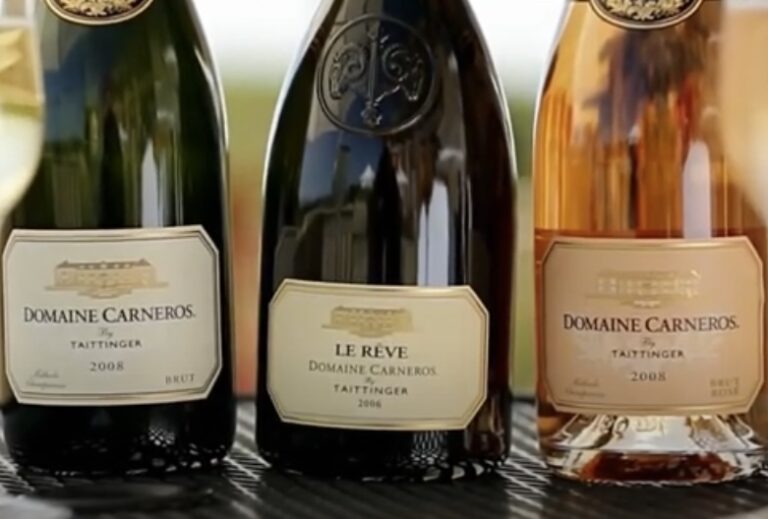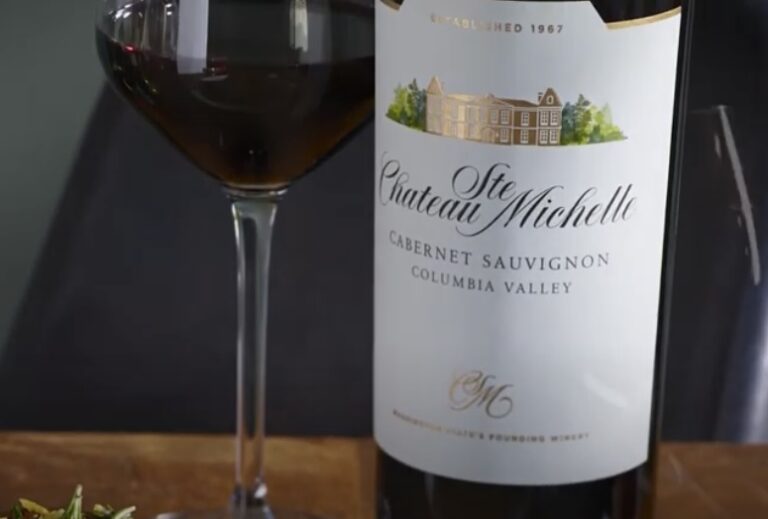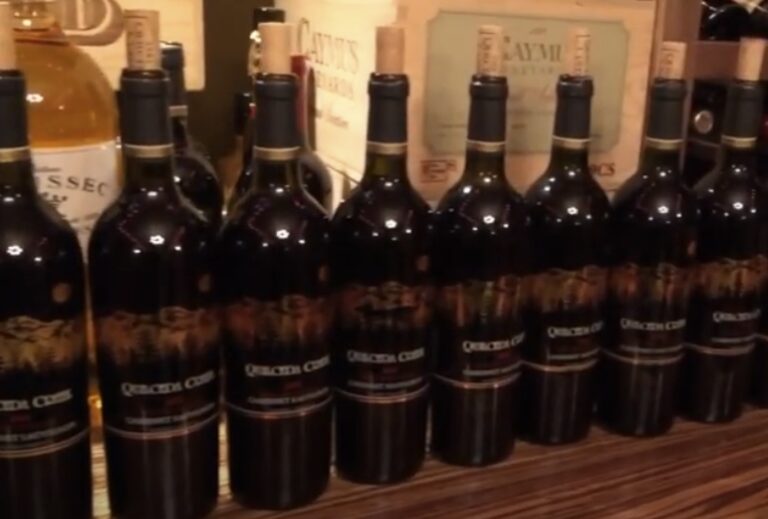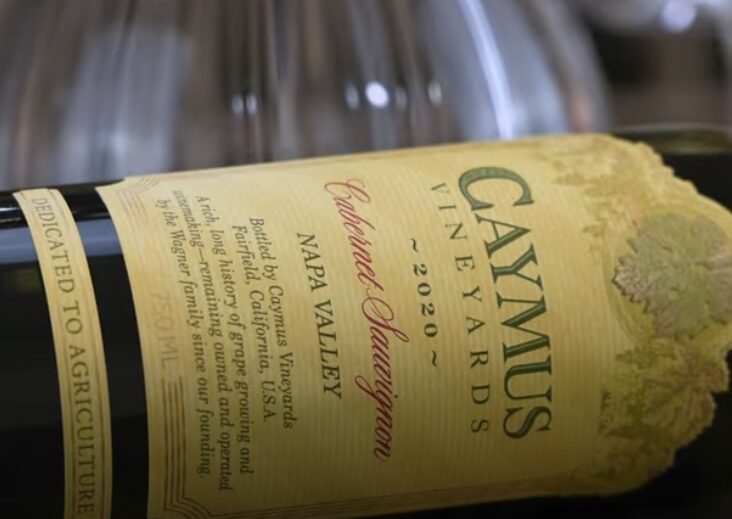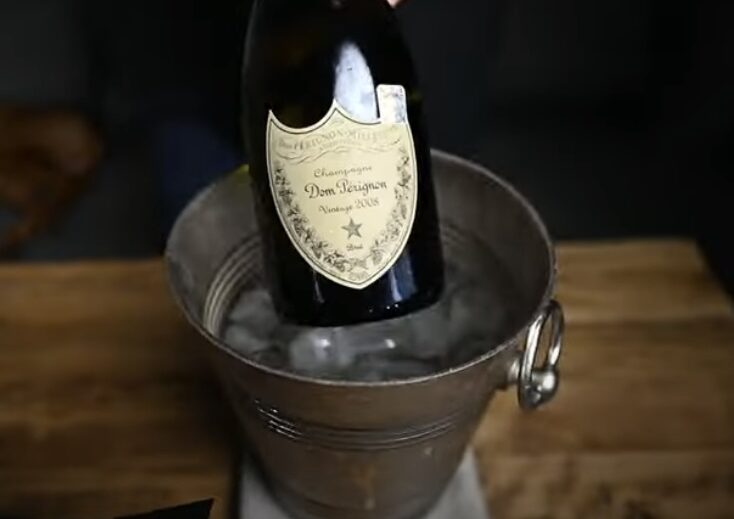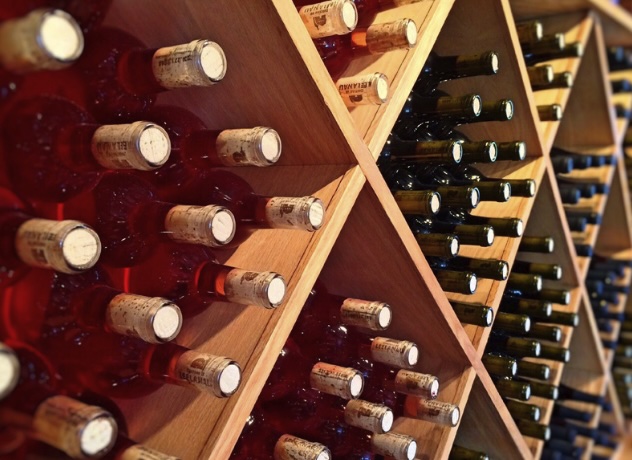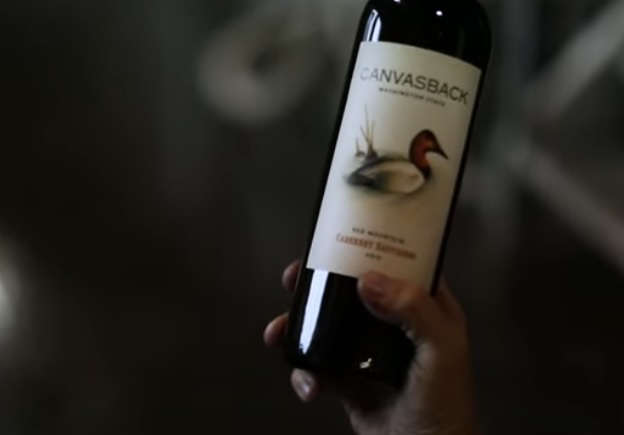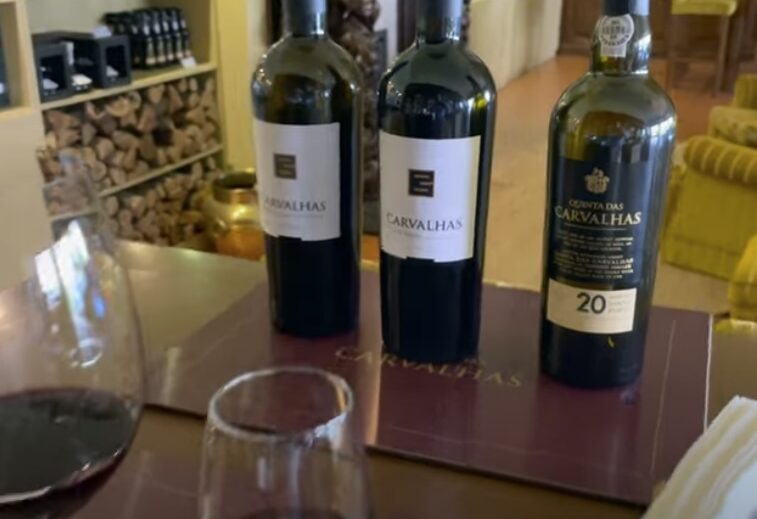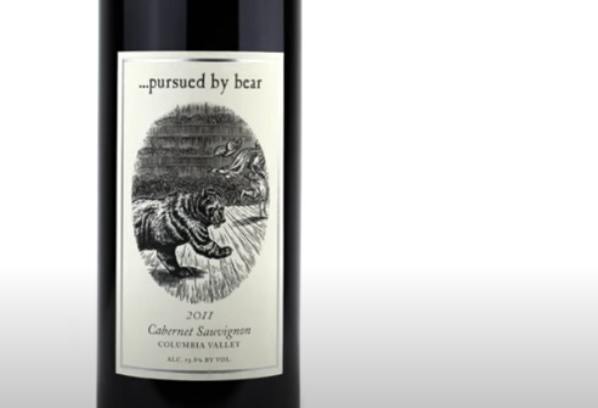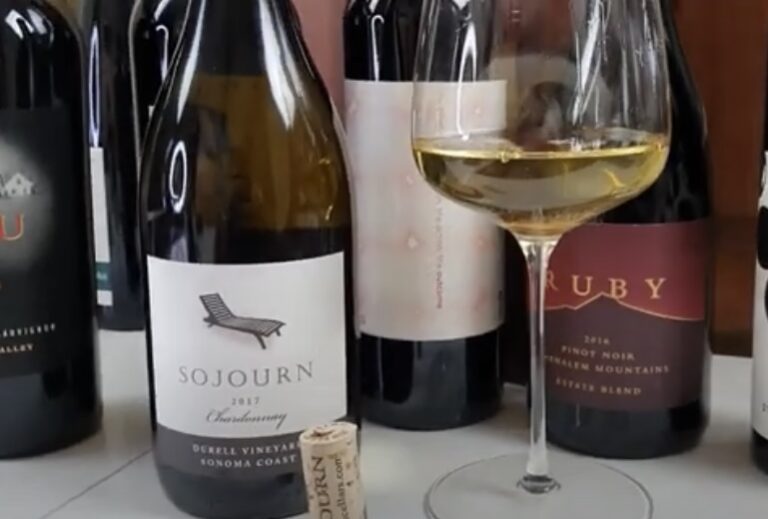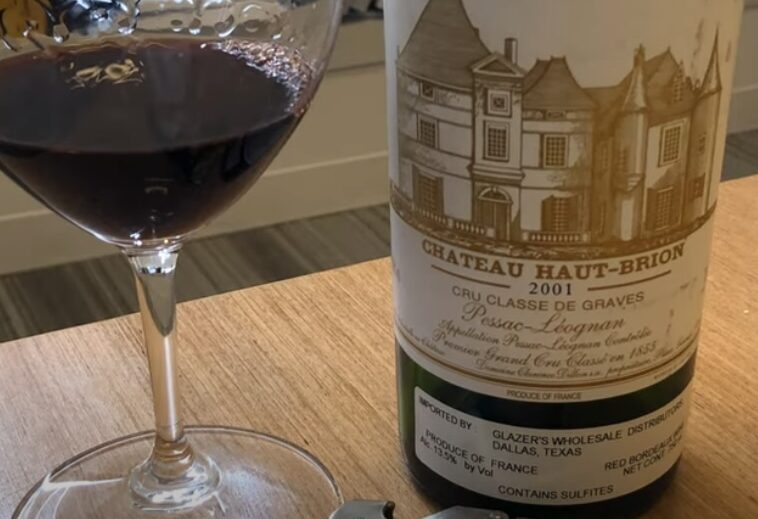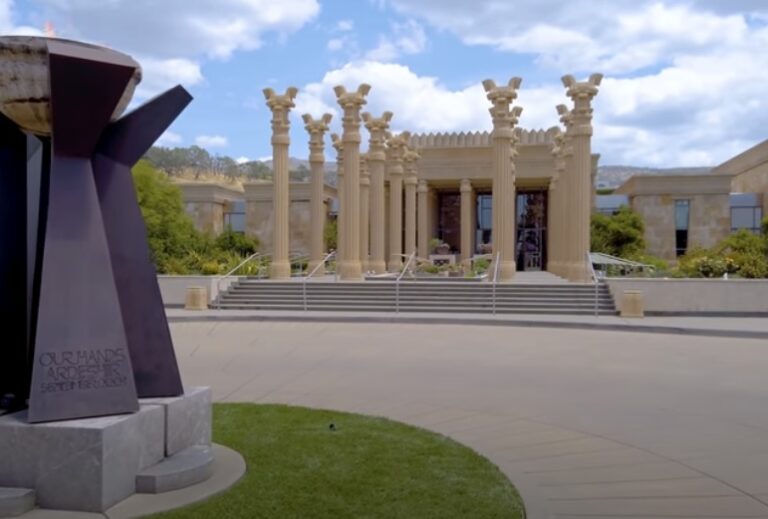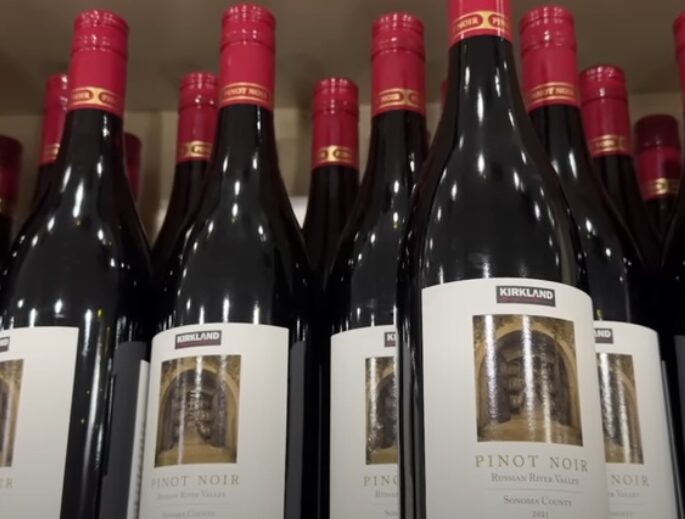A Sip of Elegance: Exploring Domaine Carneros Wines and Beyond
Welcome to the world of sparkling and still wines, where Domaine Carneros reigns supreme. Nestled in the heart of Napa Valley, Domaine Carneros is not just a winery but a symbol of exquisite taste and sophistication. From the iconic Domaine Carneros Brut to the luxurious range of still wines, each bottle tells a story of …
